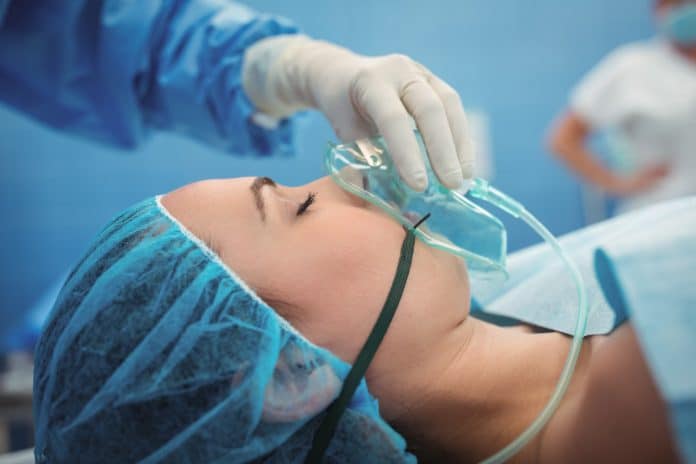Every year on October 16, World Anaesthesia Day is recognised globally to mark the first successful demonstration of anaesthesia in 1846.
Anaesthesia, as we know it today, is the art of relieving pain during medical procedures, allowing for surgeries that were once unimaginable.
But where did this all begin?
William T.G. Morton, a dentist, pioneered the development of anaesthesia back in 1846. He had this genius idea to use ether during surgeries, that’s when modern anaesthesia was born. Thanks to Morton’s groundbreaking work, surgeries shifted from being all about pain to being precise.
Today, the world of medicine can carry out surgeries that once seemed impossible. Anaesthesia has become a lifesaver during surgical procedures, whether it’s a simple dental extraction or a complex heart transplant. It ensures the comfort and safety of patients.
Although a medical breakthrough, there are some fears, rumours and myths that surround this useful surgery tool.
Let’s debunk a few:
You can “wake up” mid-surgery
One of the most persistent myths about anaesthesia is the fear of waking up during a procedure. In reality, this is rare. Anesthesia is carefully dosed to keep patients comfortably unconscious throughout the entire procedure, making it highly unlikely for anyone to “wake up” during surgery.
Nausea after anesthesia
Post-operative nausea is a common experience for many, but it is by no means a normal outcome of the anaesthesia being introduced to the patient during surgery. Doctors tailor the anaesthesia plan to each patient’s needs and medical history to keep post-operative discomfort at bay.
Read more: What did Stephanie Nolen learn from chasing mosquitoes around the world?
Anaesthesia is dangerous
Every medical procedure carries some level of risk, but the notion that anaesthesia itself is excessively dangerous is a misconception. In the hands of skilled and trained anaesthesia professionals, the risks are quite low. In the hands of a quack, maybe. But, when closely monitored by a professional, with the safety protocols put in place, patients are safeguarded.
In a nutshell, anaesthesia has changed modern medicine for the better and is safe.














